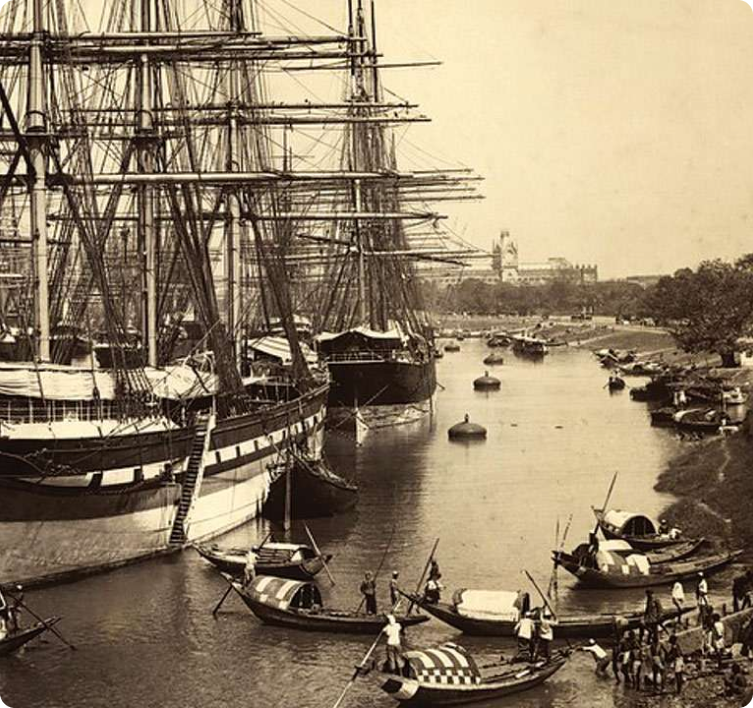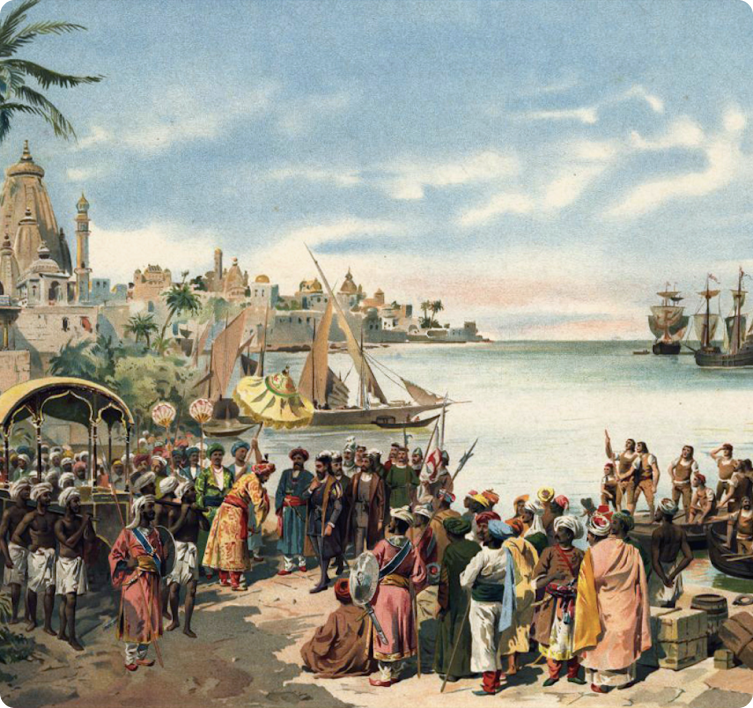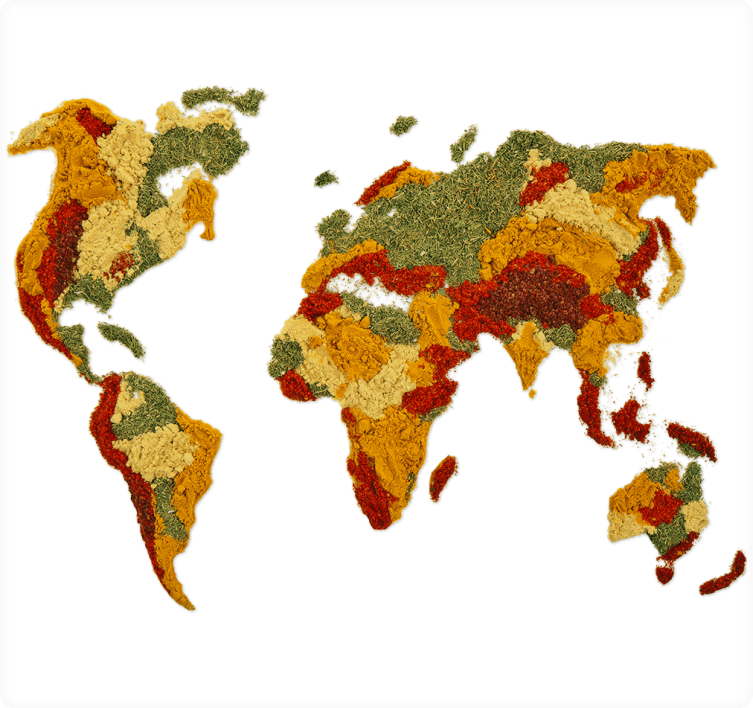Know more about our spice industry!
Did you know ?
Lorem ipsum dolor sit amet, consectetur adipiscing elit. Vivamus fringilla cursus urna non mollis. Praesent iaculis eleifend vehicula. Lorem ipsum dolor sit amet, consectetur adipiscing elit. Vivamus fringilla cursus urna non mollis. Praesent iaculis eleifend vehicula. Know more





